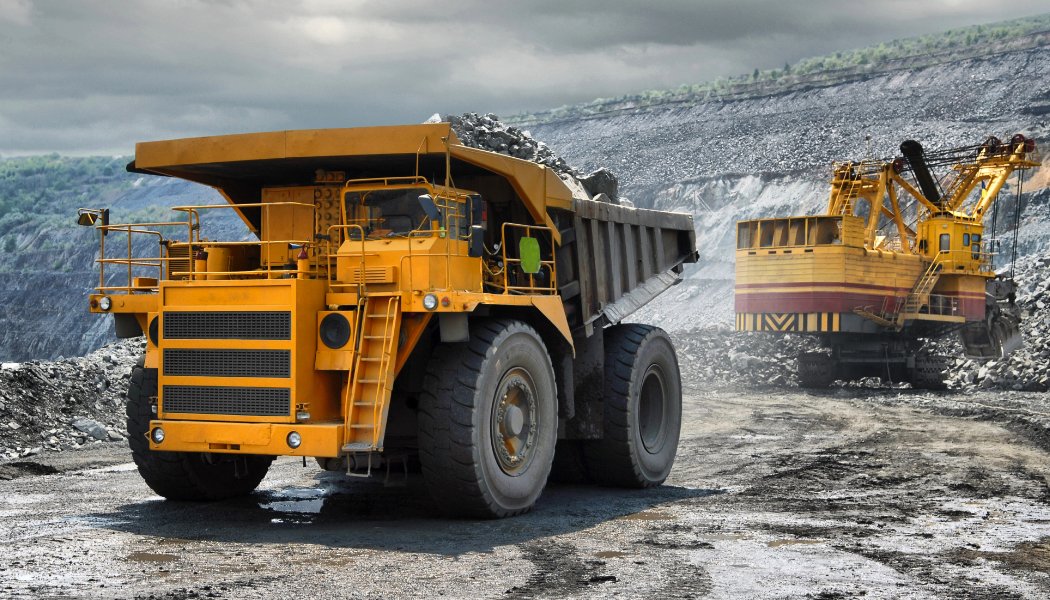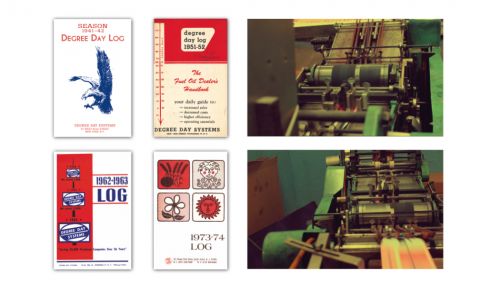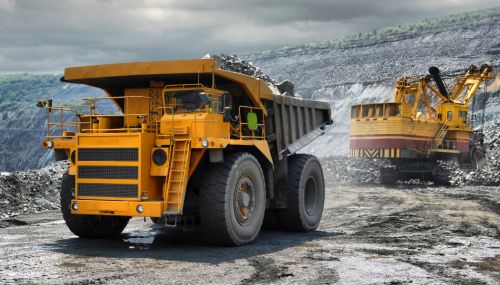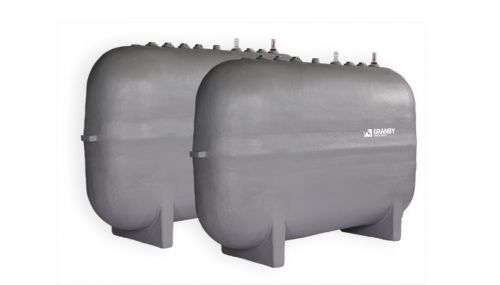All
U.S. Competing to Secure Critical Minerals
by Ed Burke and Kelly Burke, Dennis K. Burke Inc.

Major world powers have been working to ensure their supply of key materials for electric vehicles, weapons and technology. They are searching the planet for critical minerals and rare earth elements.
With decades-long investment strategy and industrial policy, Beijing has developed a powerful industry with a dominant position. Unfortunately, a single source having control over the entire sector has significant risks.
China’s Dominance
Most of these materials pass through China, which has a long track record as a producer and refiner of critical minerals.
Rare earth elements (REEs) were first discovered in the country in 1927. Today, they are known to exist in more than half of China’s territory. China has a 60 percent global market share in production and controls almost 90 percent of refining REEs.
About 68 percent of the world’s cobalt, 65 percent of its nickel and 60 percent of the grade of lithium needed for electric vehicle batteries are also refined in China.
Graphite is essential for making batteries. Without it, devices would have reduced energy storage capacity, shorter durability and longer charging times. China dominates all forms of graphite on the market: from natural (with an 86 percent production share), to purified (96 percent) and synthetic (80 percent), according to Benchmark figures.
European Union
Europe, like the U.S., wants to secure the supply of critical minerals for the energy transition. Last year, the EU made investments of more than $100 million in operations in different EU member states. Between 2021 and 2024, investments have also been made in other nations that have signed association agreements, including Canada, Greenland, Ukraine, Kazakhstan, Namibia, Argentina, Chile, Zambia, Australia, Rwanda, Norway and Uzbekistan.
In addition to these, there are 47 strategic projects within the mineral sector, ranging from extraction, processing and recycling. By 2030, these projects would respectively cover 10 percent, 40 percent, and 25 percent of EU demand in these three stages of production.
Europe imports 79 percent of its lithium from Chile and 100 percent of its heavy rare earth supply from Beijing.
Since 2022, European Union and the U.S. have been working with 13 other countries on a project called the Minerals Security Partnership (MSP): a group of developed nations dedicated to securing the supply of various critical minerals. The initiative sought to strengthen production chains. By September 2024, it had already supported some 30 projects across Africa, Latin America and Asia.
Until recently, the EU and the U.S. worked together to counter Chinese domination. But the Trump administration has opted for a more unilateral approach.
The United States
The U.S. views securing critical materials as a matter of national security, as well as an economic opportunity.
Tariff talks with countries offering critical mineral agreements could work hand-in-hand to help lower their tariff rates.
In April, the United States and Ukraine finalized an agreement granting U.S. companies significant access to Ukraine’s critical mineral resources and rare earth elements. Russia also craves the elements found under the Ukrainian soil.
Trump recently signed an executive order aimed at immediately increasing U.S. production of critical minerals, such as uranium, copper, potash and gold. He invoked the Defense Production Act (DPA) to expand leasing and development on federal lands.
While there are lithium reserves in Nevada and rare earth deposits in California that show potential, the U.S. refining infrastructure is lacking. So, much of this production still depends on foreign processing.
A Tariff War
In April, the tariffs were announced and quickly escalated when China imposed reciprocal tariffs which led to President Trump raising the tariffs on China to 145 percent.
The U.S. relies on China for 100 percent of its supplies of 15 critical minerals and more than 50 percent of another 29. It is not self-sufficient in any of the 50 elements that are considered strategic. For this reason, the Trump administration excluded critical minerals and rare earth elements from its tariffs on China.
China’s response to Trump’s reciprocal tariffs was announcing controls on the export of seven types of REEs (out of a total of 17): samarium (used in optical lasers and powerful magnets); gadolinium (a contrast agent for MRI scans); terbium (used in display devices); dysprosium (used in wind turbines and electric vehicles); lutetium (used in oil refineries); scandium (in the aerospace industry) and yttrium (essential in radar technology). This is according to a report published by Bloomberg.
In May, both sides agreed to deescalate and lower tariffs for 90 days to negotiate an agreement.
Batteries
Goldman Sachs estimates that 65 percent of battery components, 71 percent of rechargeable battery cells and 57 percent of the world’s electric vehicles are from China.
Batteries are used in electric vehicles, cellphones, laptops, war drones and other military devices. They are also utilized in renewable energy storage systems, wind turbines and solar panels. It is estimated that demand for lithium-ion batteries will have grown fourfold by 2040, according to Benchmark Mineral Intelligence.
Transportation will be the largest driver of demand for critical minerals, according to the IEA. Lithium needs are expected to increase almost ninefold by 2040, while demand for copper and nickel will double. Demand for graphite will quadruple and demand for rare earth elements could increase by up to sevenfold.
Ed and Kelly Burke are respectively Chairman of the Board and Senior Marketing Manager at fuel distributor Dennis K. Burke Inc. They can be reached at 617-884-7800 or ed.burke@burkeoil.com and kelly.burke@burkeoil.com.
Related Posts
 100 Years of Helping Fuel Retailers Deliver!
100 Years of Helping Fuel Retailers Deliver!
Posted on August 18, 2025
 U.S. Competing to Secure Critical Minerals
U.S. Competing to Secure Critical Minerals
Posted on June 16, 2025
 The Clean Air Act, the EPA, and State Regulations
The Clean Air Act, the EPA, and State Regulations
Posted on May 14, 2025
 Day Tanks Support Back-up Generators in Extreme Conditions
Day Tanks Support Back-up Generators in Extreme Conditions
Posted on March 10, 2025
Enter your email to receive important news and article updates.
